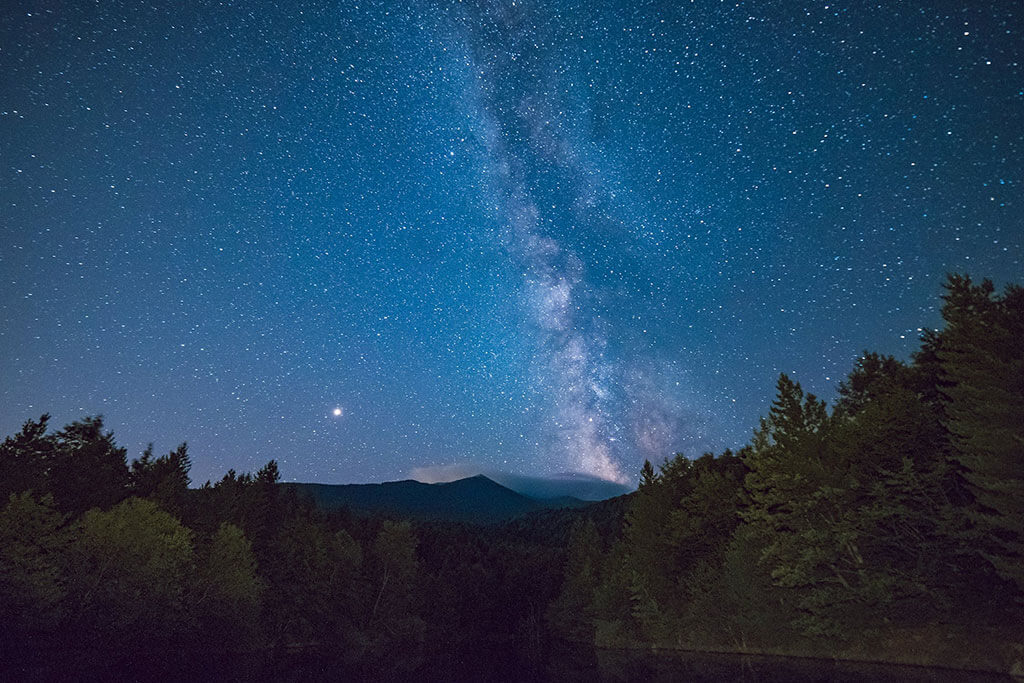
20
June
Summer Solstice - 6:34pm EDT
Longest day, shortest night.

18
June
Hamilton Amateur Astronomers: Public Stargazing Night at the Niagara Gateway Tourism Centre
Come join the Hamilton Amateur Astronomers for a night under the stars this June 18th between 9:00–11:00pm at the Niagara Gateway Tourism Centre. Friendly club members will have telescopes set up where you can ask questions and gaze upon celestial objects of interest.
Subject to weather conditions.

18
June
DDO Family and Friends Night (SOLD OUT)
Family Nights are a great introduction to the night sky for our younger (and older) guests. Look through telescopes, make some space crafts, visit the Skylab and find out what's really up there!

18
June
UofT Annual AstroTour Keynote: Why Planetary Science Needs Space Probes
New Horizons at Pluto / Juno at JupiterSpeaker: Dr. Fran Bagenal

14
June
RASC Mississauga: Astronomy Evening at Riverwood Conservancy
Come out and observe the universe at the Riverwood Conservancy! Join members of the Mississauga Centre of the Royal Astronomical Society of Canada as they set up large telescopes to look at the Moon, planets and stars.
Observing will take place on the green in front of Chappell House. The event starts at dusk is free and open to everyone.

13
June
City Star Party (GO for Tuesday night 9:00 PM)
Hover above the moon like an astronaut and get eye-to-eye with the planets. Find colourful stars, star clusters, bright nebulae and even another galaxy. Our monthly City Star Party is the place to catch universe from within the city limits at Bayview Village Park. If you don't have a telescope then you will find many astronomers who would love to share a view. If you are thinking of buying a telescope, viewing with other people's equipment is the best way to make a good choice. If you have a telescope or binoculars, please bring it!

11
June
DDO Family and Friends Night (SOLD OUT)
Family Nights are a great introduction to the night sky for our younger (and older) guests. Look through telescopes, make some space crafts, visit the Skylab and find out what's really up there!

10
June
Hamilton Amateur Astronomers: Doing Astronomical Science
In the last 20 years, the amateur astronomer has gained access to three paradigm-changing technologies: The Internet, progressively sophisticated astronomy software, and the CCD camera. This presentation will outline how an amateur astronomer, armed with these technologies, can engage in professional-amateur (pro-am) collaborations and contribute to astronomical sciences by monitoring a wide-range of transient astrophysical phenomena.

10
June
Public Stargazing at Millennium Square, Pickering (GO)
Everyone is invited to join us and Durham Skies on June 10 for stargazing at the edge of Lake Ontario. Take a free look through different kinds of telescopes to get close-up looks at craters on the Moon, brilliant Mars, magnificent Jupiter with its moons, and the spectacular rings of Saturn. Learn the names of springtime stars and the constellation patterns they form. Peer deep into space and try your hand at spotting spot faint star clusters and nebulae.

4
June
DDO Family and Friends Night (SOLD OUT)
Family Nights are a great introduction to the night sky for our younger (and older) guests. Look through telescopes, make some space crafts, visit the Skylab and find out what's really up there!

4
June
Solar Observing (GO)
Join us at the Ontario Science Centre for our monthly Solar Observing on the TELUSCAPE observing pad. This is the area in front of the Science Centre's entrance. We use specialized telescopes that are safe to aim at the Sun. Check our home page on the Friday prior for go/no-go calls as this event is weather dependent.

4
June
New Moon - 11:00pm EDT
Moonless night allowing to see deep sky objects
